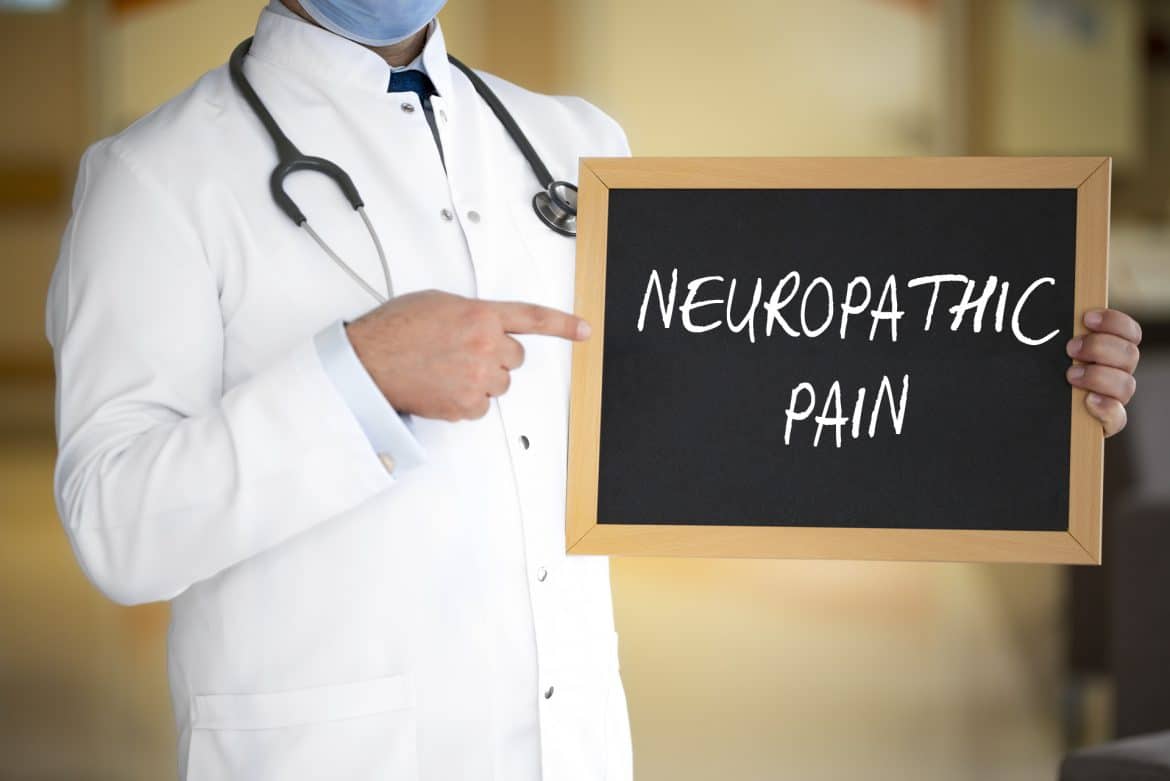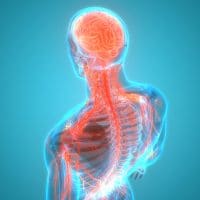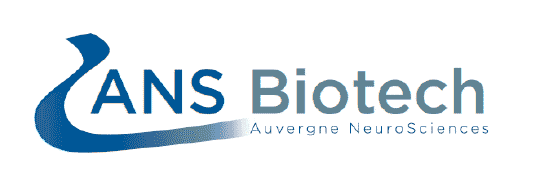
Neuropathic pain refers to the pain caused by damage or disease affecting the somatosensory nervous system and symptomized by a hypersensitivity. Today, Neuropathic Pain is relatively common, afflicting 7% to 8% of the population around the world. Various treatments exist in this field, but what is the real current situation ?
The Neuropathic Pain market is anticipated to grow by more than 5% in the coming years. Among various neuropathic situations, the rising prevalence of diabetic neuropathy is one of the key factors that drive the market growth. Indeed, diabetes has become one of the largest global health-care problems. North America remains the largest market whereas Asia represents the fastest growing one. The number of people with diabetes worldwide is projected to double by 2030, reaching a level of 366 million people around the globe.
Neuropathic Pain is one of the most difficult types of pain to treat and is characterized by :
- Long-lasting exaggerated pain behavior (hyperalgesia and allodynia)
- Impaired Quality of Life (QOL) (energy, sleep, joy in life, physical mobility, cognitive functions, emotional reactions)
- Anxiety and depressive symptoms

The mechanisms underlying Neuropathic Pain are still unclear, involving changes in afferent and central spinal sensory relays leading to neuronal hyperexcitability. Neuropathic Pain is associated with central sensitization, a state of hyperexcitability of spinal cord nociceptive neurons with an increase in their spontaneous discharge. Added to this state of hyperexcitability, a concomitant alteration of the modulation systems has also been suggested.
All types of Neuropathic Pain are similar in symptomatology and with respect to treatment response.
Pain control takes place with:
- Tricyclic antidepressants and selective serotonin norepinephrine reuptake inhibitors (venlafaxine and duloxetine)
- α2-δ ligands (gabapentin and pregabalin)
- Opioid analgesics (tramadol and oxycodone)
- Agents for topical application (lidocaine plaster and capsaicin cream)
- NMDA receptor antagonists (limited use because of their side-effects)
In search of the perfect pain reliever

This “perfect” new analgesic should have :
- a very good benefit/risk ratio and a large therapeutic index, considering the usual long-term treatment.
- as reduced as possible side-effects, in order to limit the deleterious impact on QOL and activities of daily life and to improve the compliance of the patient.
- an acceptable pharmaceutical form (oral, trans-mucosal or topical route of administration).
But the road is long and difficult, and the experts in the field know all the various constraints.
« To offer new and innovative solutions in terms of the analgesic of tomorrow, the need to surround oneself with specialists having a very technical and advanced approach to pain is crucial» says Dr. François Caussade, President & CEO at ANS Biotech. « It is in this context that we want to present to the market the most outstanding expertise in the study of pain » he adds.
A field of research requiring a unique expertise
« Our vocation is to be an essential link in the chain of discovery of new analgesic drugs »
ANS Biotech is fully involved in the thematic of Neuropathic Pain. Since its creation in 2006, the company has developed an impressive experience in preclinical pharmacology of Neuropathic Pain with a constant update of clinically relevant in vivo models in this therapeutic area.
«This contributes to reach a unique goal, namely the relief of the patient’s suffering» as François Caussade concludes.
To know more about ANS Biotech services, do not hesitate to contact us !

